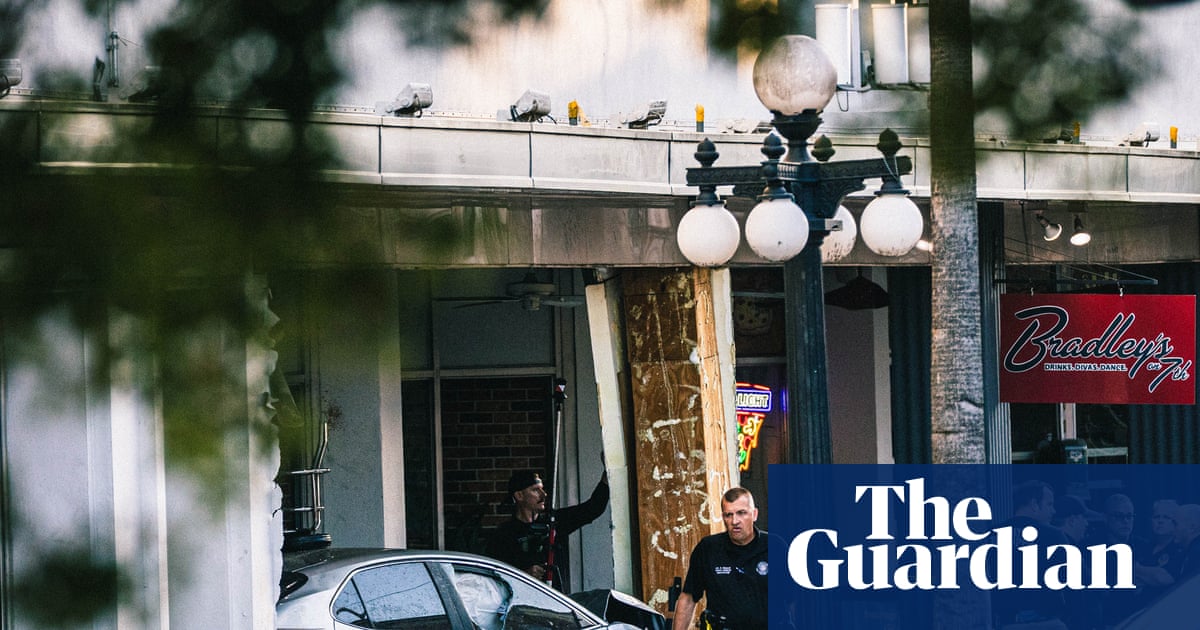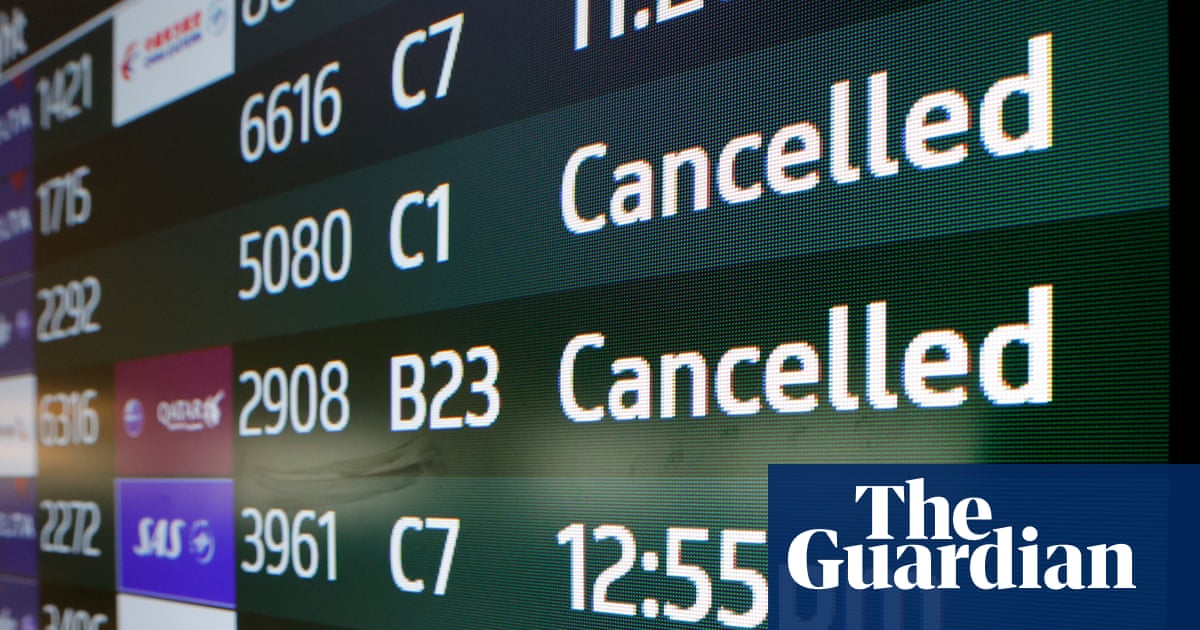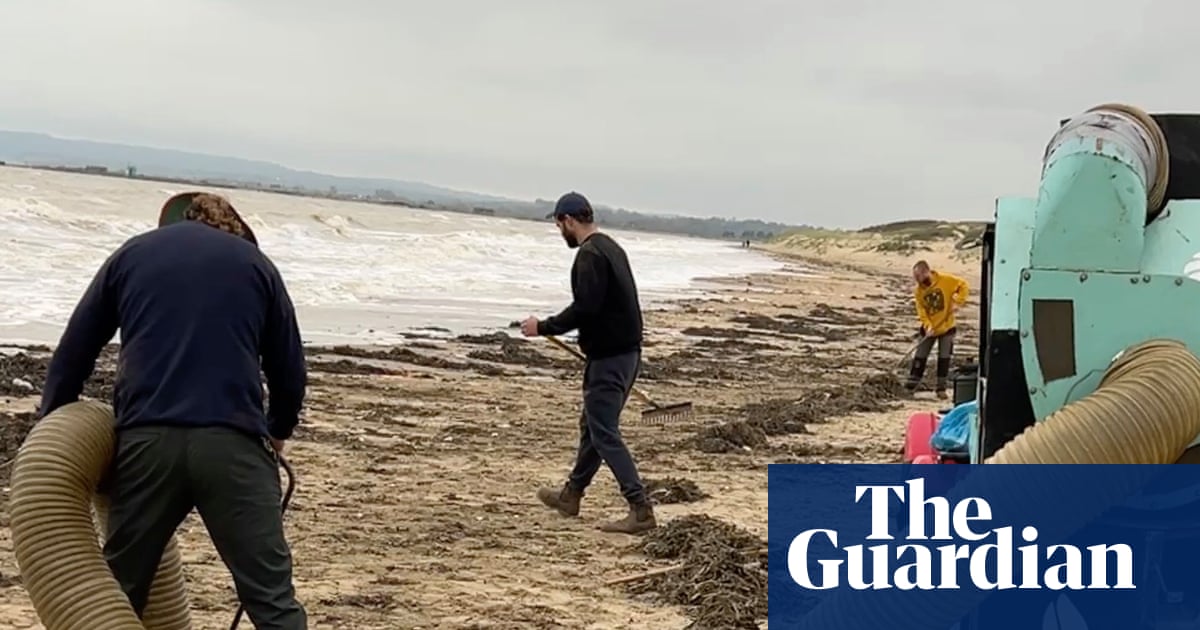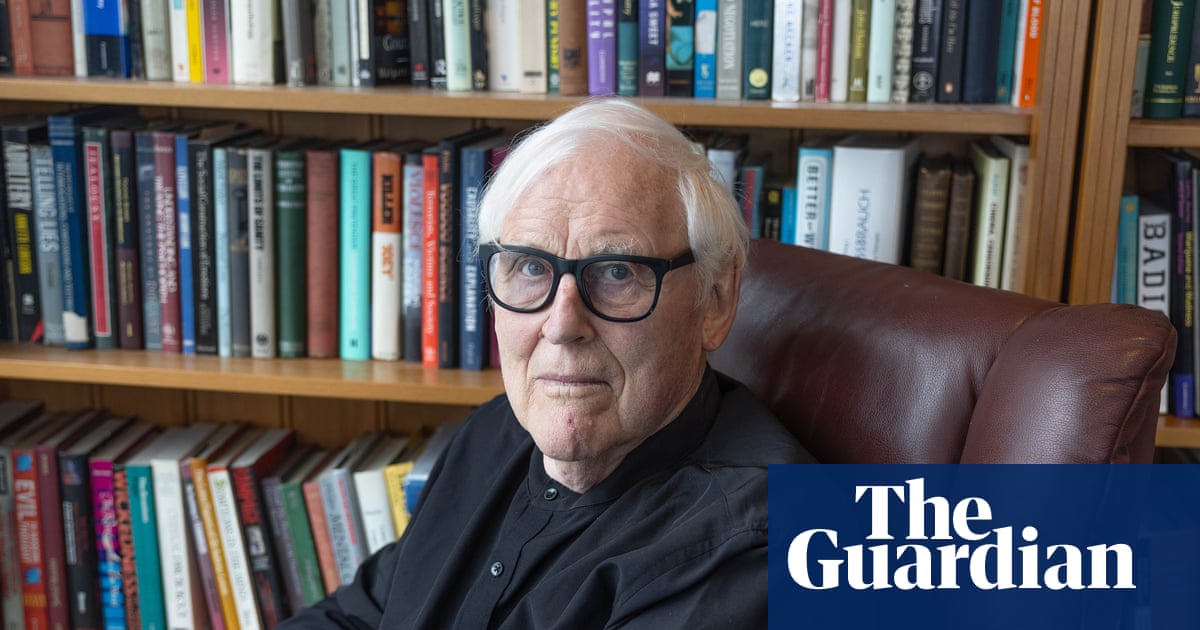Approaching a dilapidated-looking 1960s building with a peeling and faded exterior, it is common for visitors to have the same thought: this cannot possibly be an active fire station.
“You can say it looks derelict, we know,” says Simon Carey, the group commander of the Plymouth response at Devon and Somerset fire and rescue service.
Despite its ramshackle appearances, Camels Head, a full-time fire station staffed 24 hours a day, is an important part of the emergency service response in an area that includes one of the most deprived wards in Plymouth as well as HMNB Devonport, a Royal Navy dockyard and nuclear submarine base.
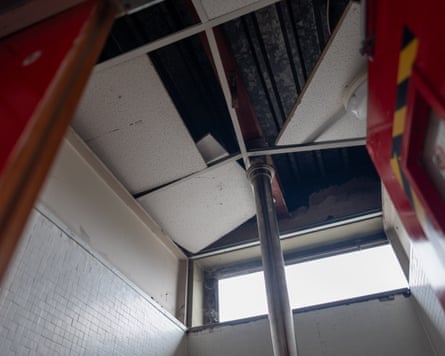
Fire chiefs have warned that many stations are no longer fit for purpose and some are posing a serious health hazard to firefighters. It comes after a decade of what one chief fire officer said was in effect the service “being defunded”, with an estimated £1bn in government funding cut during this time.
This week, fire chiefs said proposed funding changes were likely to leave the service more than £100m worse off over the next three years, equivalent to 1,500 full-time firefighters. They have been urging the government to protect services from the cuts to grants that were announced in June’s spending review.
At Camels Head, the interior is arguably worse than the outside. Faux leather peels off the seats of the old, mismatched chairs in the break room, where a TV stand has been fabricated from the repurposed end of a snooker table.
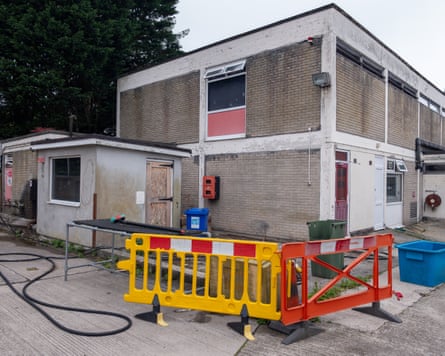
Brown watermarks stain each ceiling – the result of six decades of leaks – and in many areas it has fallen in entirely. Plaster crumbles off most of the walls, single-glazed windows fail to keep out the rain and cold and the 60-year-old heating system is often broken. “Finding the parts is a challenge,” Carey says.
Office screens divide a large dormitory room into sections where each staff member can rest. There is hope that doors can be added, “because nobody wants to get changed in full view of people”, irrespective of gender.
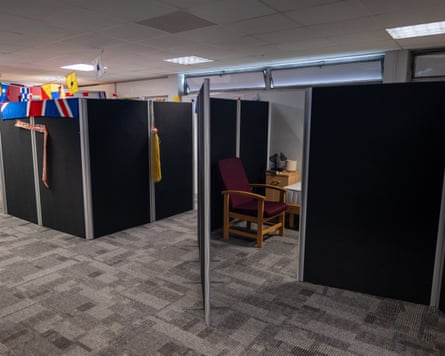
A rat box hides discreetly near a doorway in the station’s kitchen. Doors are generally kept shut – less than ideal in a building where people need to move quickly from one room to another – in an effort to prevent mice from having free rein on a site built on marshland.
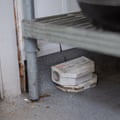
“It is in dire need, I can’t sugarcoat it,” Carey says. “I want to be able to give [the firefighters] something better.”
The station resembles a time capsule, with Hi-de-Hi!-style 1960s loudspeakers, old wooden lockers and door signs written in midcentury typography. Carey jokes they would sell for a bit of money to hipsters.
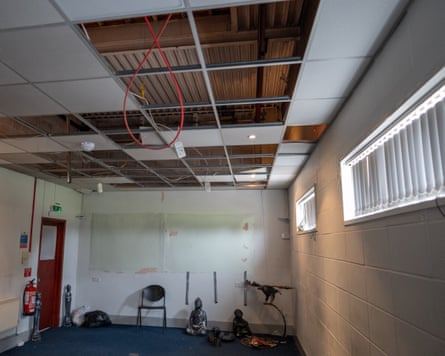
Firefighters have done their best with the space, planting a wildflower meadow outside and hanging artwork and fairy lights inside.
They also maintain a good sense of humour about their surroundings. In one room, a large mirror had clearly long-since been removed from the wall and later replaced with a compact mirror from a makeup set. Someone has drawn an arrow to it and scribbled “Station 48 refurbishment complete”.

Carey admits the level of disrepair has a substantial effect on the team. “I’m a morale officer sometimes,” he says.
Yet the pride felt by the staff is displayed on the walls, with pictures showing crews that have come and gone at Camels Head through the decades, some showing them lined up side-by-side in uniform while others capture them in action, tackling terrifying-looking blazes. Framed cuttings from the local press show occasions when the community has been grateful for the work of the men and women based there.
“It’s a really loved station,” says Carey.

The issues here are not just aesthetic. There are serious health concerns about the lack of adequate decontamination zones, as more is learned about firefighters’ increased risk of cancer brought about by their contact with toxic contaminants.
With some irony, the station was recently assessed as not meeting fire regulations. Work is being carried out urgently to rectify that.
Camels Head falling into such disrepair is not an oversight but an economic inevitability, driven by the fact fire services nationally are being “essentially defunded”, says the Devon and Somerset fire chief, Gavin Ellis.
Capital funding for fire services to invest in buildings and equipment has plummeted by an estimated £1bn in the last decade, after the government cancelled key grants in 2014-15. The National Fire Chiefs Council said that as a result services have not been able to maintain or modernise ageing infrastructure for a decade.

Callouts have increased by a fifth over this time as fire services respond to the rise in the impacts of the climate crisis, such as wildfires and flooding.
This month, major incidents were declared by two English fire services, North Yorkshire and Dorset and Wiltshire, after large wildfires broke out. This came days after more than 100 firefighters responded to a huge blaze at Arthur’s Seat in Edinburgh.
The fire chiefs’ council warned last week that 2025 was on track to beat the national record for wildfires and that firefighters were “pushed to their limits”.
This is partly as a result of swingeing personnel cuts. Firefighter numbers in England have dropped by a quarter in seven years, the equivalent of 11,000 full-time staff, according to the government’s workforce statistics.
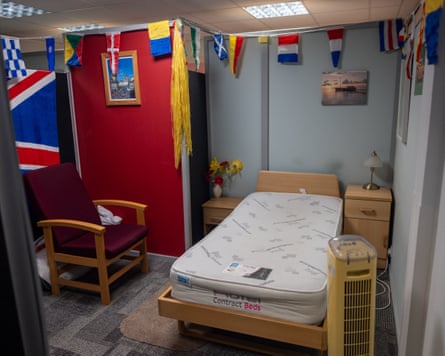
Camels Head has been reduced from 16 people per watch to just eight, and from seven full-time pumps to four.
In Devon and Somerset, 85% of the service’s budget is spent on people, which leaves little allocated to buildings and equipment.
At Camels Head, the fire engine is new and Carey says personal protective equipment is a priority, but that is not the case for other parts of the country and a “postcode lottery” determines the quality of equipment, including valuable life-saving apparatus.
The Fire Brigades Union general secretary, Steve Wright, says there are “extreme examples where firefighters are having to go without facilities like showers”, that there are 18 fire stations in Scotland without running water and “there are horror stories of firefighters being handed wet wipes to try to decontaminate with”.
“Fire stations are crumbling, basic things like PPE aren’t up to scratch across the board. The service is in a state of chaos across the UK, and the only way to rebuild it is with sustained funding from the government,” he adds.
”There simply aren’t enough firefighters to keep the public and fire crews safe. Working to save lives without enough resources, in smaller crews, is simply exhausting and, at worst, dangerous.”
Firefighters, he says, deserve better.

Ellis agrees that Camels Head is not an unusual case. He mentions another station where ivy is growing on the inside of the building, and even some that are so old that women cannot work there due to a lack of facilities.
He says it is important that staff know “we’re making really difficult, tough decisions to protect them” and that fire chiefs are constantly writing to MPs, the Treasury and the Ministry of Housing, Communities and Local Government to “highlight the challenges that we’ve got around our finances”.
A spokesperson for the ministry said standalone fire and rescue authorities would get an increase in core spending power of up to £69.1m in 2025-26, a 3.6% rise on the previous year.
Ellis says: “If we don’t do something to shock the system now or put a stop, then what we’re going to see is a continuation of the fire service being defunded essentially, and that really concerns me from a perspective around national resilience.
“I feel we’re at a point that if we don’t do something soon, the role of the firefighter will change, the impact it will have on the community will change, and once it’s gone, it will be very, very difficult to get it back.”

 2 months ago
78
2 months ago
78
